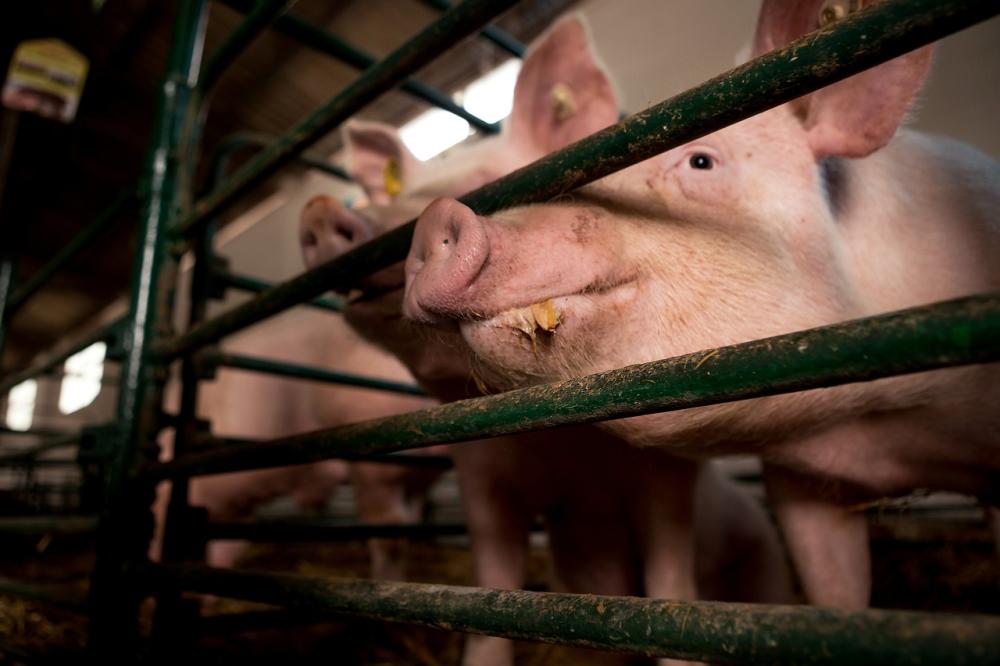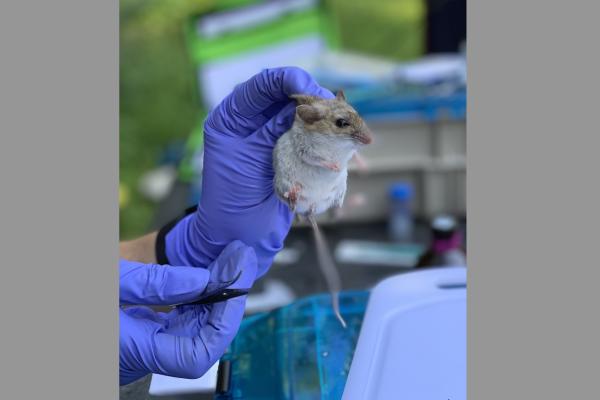Agriculture and human health: Taking a One Health perspective
April 10, 2023

Image by Borko Manigoda from Pixabay
Researchers from CVM and the School of Public Health recently conducted a reanalysis of data from a 2018 study that reported communities living near hog farms in North Carolina have increased negative health outcomes. The reanalysis uncovered fundamental inadequacies in the original study approach, which had a significant impact on swine producers resulting from negative media and lawsuits. In their published findings, the researchers who conducted the reanalysis emphasized the need for better-designed epidemiological studies and the responsible interpretation of data. They also called for a One Health approach that brings together relevant government, industry, and community representatives to solve the challenges of maximizing animal, human, and environmental health while supporting sustainable agriculture that meets the nation’s food-production needs.
The original study analyzed data on mortality, hospital admissions, and emergency department visits related to six conditions (anemia, kidney disease, infectious diseases, tuberculosis, low birth weight) for zip codes categorized by number of pigs per square kilometer. The reanalysis also considered HIV and diabetes, which are not causally relatable to hog farms, and concluded that the prominence of all of these conditions likely reflects underlying systemic health disparities facing these communities. The researchers found additional shortcomings suggesting the analytical approach of the original study was insufficient for testing the hypothesis that proximity to hog farms has a negative impact on human health.
Notably, the original study did not correctly account for the confounding factors—that is, factors that could interfere with the interpretation of results. In particular,it generalized the sociodemographic characteristics of residents within zip codes or counties, without adequately accounting for the fact that zip codes with hog farms have greater proportions of racially marginalized populations, lower median household incomes, fewer residents with a bachelor's degree education level, and fewer primary care providers. These four aspects of race, income, education, and healthcare demographics have all been well established as social determinants of health linked to profound underlying systemic health disparities.
The researchers emphasize that the health burden on these communities is complex and cannot be linked simply to nearby agricultural practices. “In such studies we are trying to answer the epidemiologically important question of whether these communities would have similar negative health issues if there were no pig farms,” says Kaushi Kanankege from CVM’s Center for Animal Health and Food Safety, who led the study. “With limited data, studying association between exposure to pig farms and impacts on public or environmental health is a complex and challenging subject, with many fronts to consider, and no silver bullets.”
Kanankege’s current project builds on the reanalysis to come up with a better indicator of the exposure to large hog farms and an approach to analysis at the population level that accounts for the relevant confounding factors. This approach takes into account the air, soil, and water quality; farm characteristics; and demographic, social, economic, healthcare, and infrastructure characteristics of neighboring communities.
This type of nuanced understanding, she says, is crucial groundwork for the future development of strategies to maximize human health, environmental health, and agricultural sustainability.
Read the full article in Frontiers in Veterinary Science.


